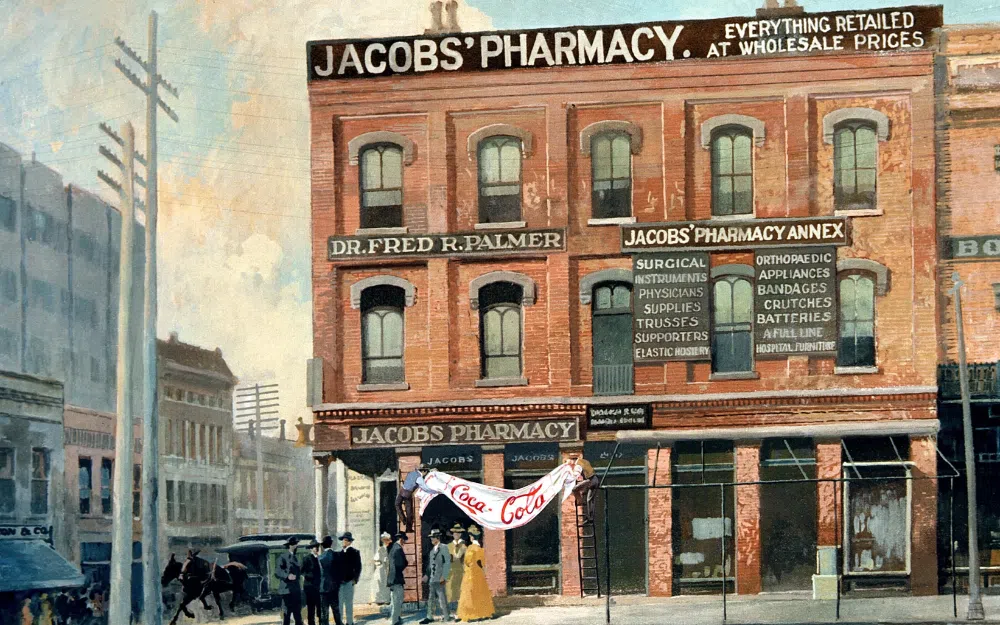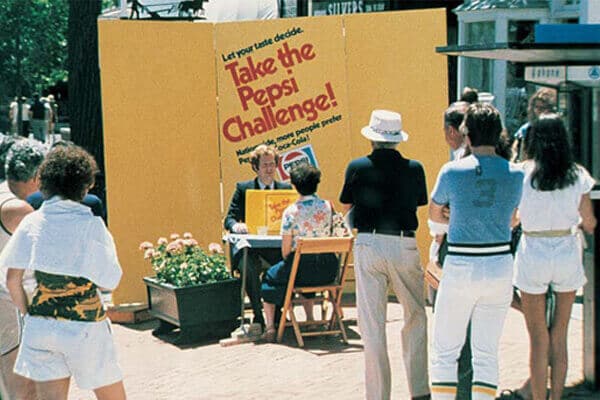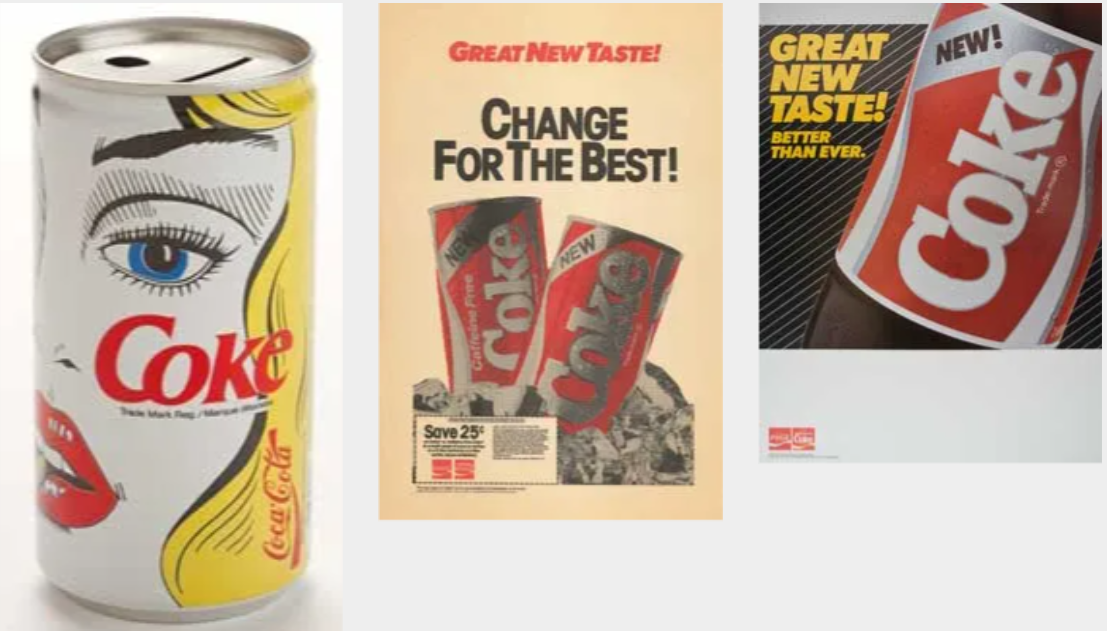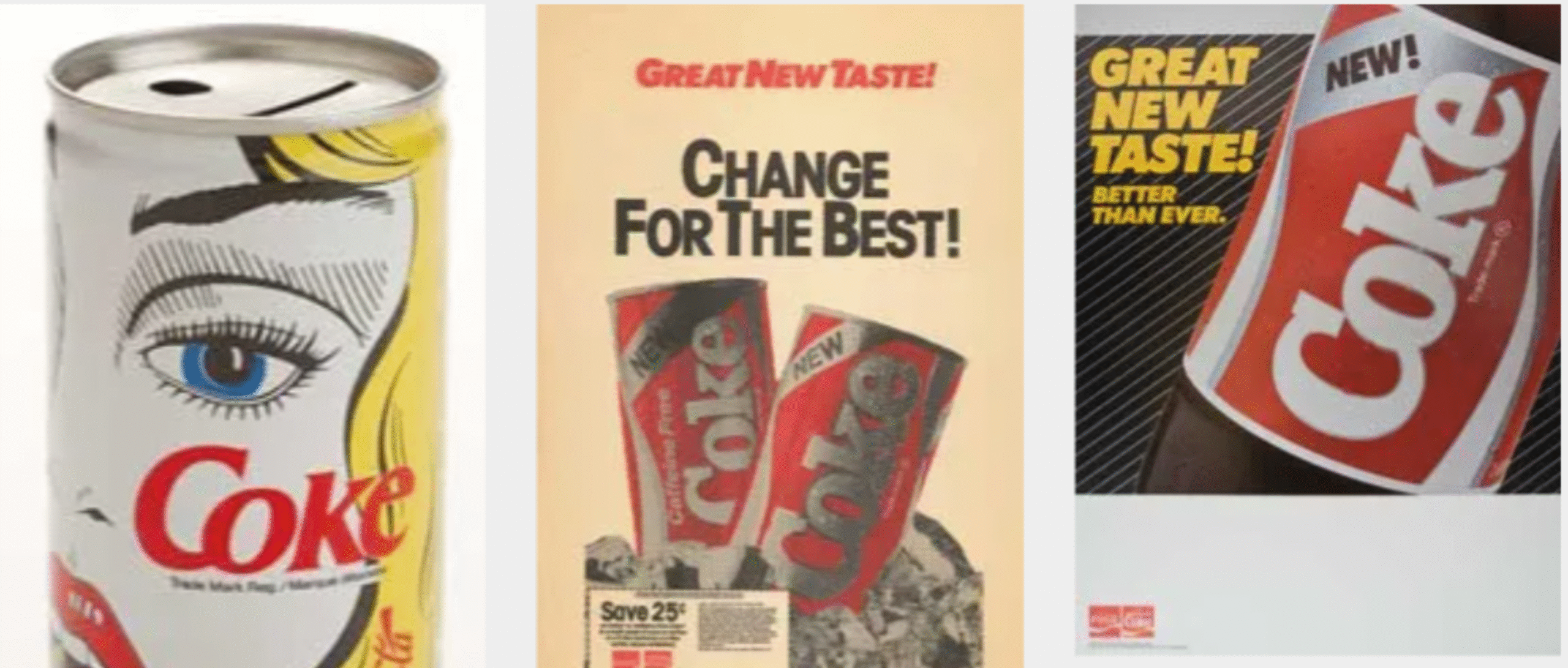The full story of Coca-Cola’s biggest mistake and what it taught the world about branding
How It All Started
Back in April 1985, Coca-Cola did something that shocked the world. For the first time in nearly 100 years, the company changed the formula of its famous soft drink. They called it “New Coke.” The goal was simple: to win back the hearts (and wallets) of cola drinkers in America, especially those who were slowly switching to Pepsi. But what actually happened turned into one of the biggest branding disasters ever.
Customers were furious. The backlash was immediate and intense. Just 79 days after launching New Coke, the company had to bring back the original formula. This wasn’t just a story about taste. It was about loyalty, identity, and how people emotionally connect with the brands they grow up with.
Let’s walk through the full story and see what every marketer, founder, and business owner can learn from it.
A Quick Look Back: How Coca-Cola Became a Legend
Coca-Cola was born in 1886 in Atlanta, Georgia. It started as a syrup made by a pharmacist named Dr. John Pemberton. He originally thought it could cure headaches and hangovers. But once someone mixed it with sparkling water, a new kind of refreshing drink was born, and people loved it.

By the 1930s, Coke had become a big part of American life. It wasn’t just a drink anymore. It was something people associated with happy moments, summer afternoons, and growing up. It symbolized comfort, familiarity, and even patriotism.
So by the 1980s, Coca-Cola wasn’t just a product. It was an emotion.
The Trouble Begins
By the early 1980s, Pepsi had started gaining ground. Its “Pepsi Generation” campaign was connecting with younger people. In blind taste tests, many people actually said they liked Pepsi more. Plus, Pepsi had a huge win when they partnered with Michael Jackson, who was the biggest pop star on the planet at the time. Coke was still number one, but they were losing market share slowly.

Internally, Coca-Cola was also distracted. The leadership was dealing with legal issues, price disputes with bottlers, and product failures. They weren’t paying enough attention to the brand’s position in the market. By 1980, Pepsi actually beat Coke in supermarket sales. That was a big warning sign.
On top of that, Coke’s own research showed something worrying: fewer people were drinking Coke exclusively, while more people were switching to Pepsi. Taste seemed to matter more than ever.
The Big Decision
Coca-Cola’s leadership started wondering if the problem wasn’t just marketing, but the drink itself. So they decided to change the formula.
This wasn’t a quick or random decision. It came after years of research. Coca-Cola ran nearly 200,000 taste tests. People consistently said they liked the new version better. It was sweeter, smoother, and felt more modern, more like what people expected in the 1980s.
Executives thought this was it. They had the data, and the data said people would love the change. So they went all in. Instead of offering both the old and the new versions, they decided to replace the original Coke entirely.
Launching New Coke
On April 23, 1985, Coca-Cola announced New Coke. The packaging looked fresh and had silver accents. The campaign featured Bill Cosby and promoted the improved taste. It was a big moment.

At first, it looked like it might work. People who tried it often said they liked it. Some stores saw a bump in sales. Coca-Cola believed they were on the right track.
But then, things started to unravel.
The Backlash No One Expected
People didn’t just dislike New Coke. They were heartbroken. They felt betrayed.
Consumers started hoarding old cans and bottles of original Coke. Protest groups popped up across the country. People called Coca-Cola headquarters nonstop, over 1,500 calls a day. In Texas, one man bought over $1,000 worth of old Coke to stock his garage.
There were signs and rallies. One group formed a petition called “The Society for the Preservation of the Real Thing.” People were angry not just because the taste was different, but because something deeply familiar had been taken away.
It wasn’t about flavor anymore. It was about identity, tradition, and the feeling that Coke had always been there for them, and now it was gone.
How Coca-Cola Reacted
At first, Coca-Cola didn’t panic. The numbers still showed decent sales. New Coke was still beating Pepsi in blind taste tests. Surveys even said 75 percent of people who tried it would buy it again.
But the emotional backlash was real, and it kept growing. People weren’t just unhappy. They were upset in a way that surprised even Coca-Cola’s top executives. They had misjudged how much people cared about the brand on an emotional level.
By early July, sales had slowed, the press was turning against them, and Pepsi was celebrating with ads mocking Coke. Coca-Cola executives decided they had to fix things.
The Return of Classic Coke
On July 11, just 79 days after the launch of New Coke, Coca-Cola held a press conference. They announced they were bringing back the original formula, now branded as Coca-Cola Classic.
The response was wild. People celebrated. Newspapers covered the story with front-page headlines. Coke was back.
The company made it clear. They had made a mistake. They admitted they had underestimated the love people had for the original formula. One executive even said, “The truth is, we’re not that dumb, and we’re not that smart.”
They kept both drinks in the market for a while. Classic Coke focused on nostalgia, while New Coke continued with ads targeting a younger audience. Eventually, New Coke faded out. It was renamed Coke II in the 1990s and discontinued in 2002.
What Can We Learn from This?
Even though the New Coke launch didn’t work, it taught the branding world a lot. Here are some of the most important lessons we can take away:
1. When a brand becomes part of people’s lives, you have to protect it
Coca-Cola wasn’t just a product. It was woven into American life. When you change something people deeply care about, they won’t just notice. They’ll fight back. Brands with a legacy have to respect that emotional connection.
2. Customers are the true owners of the brand
Coca-Cola thought they could decide what was best for customers. But customers had their own emotional ownership of the brand. They saw it as theirs. And when something is “yours,” you don’t want it changed without your input.
3. A product is the brand, not just a part of it
People sometimes separate the product from the brand, but for Coca-Cola, the drink itself was the brand. Changing the taste felt like changing the entire identity. That’s why people reacted so strongly.
4. Taste and emotion go hand in hand in food and beverage brands
For Coke drinkers, taste wasn’t just about flavor. It was about comfort and memories. Even if New Coke tasted better in blind tests, people didn’t want it. They missed the taste they grew up with.
5. Always keep your brand promise
Coca-Cola had always marketed itself as “the real thing.” Changing the formula went against everything the brand had claimed to stand for. Customers felt betrayed because what they got didn’t match what they were promised.
6. Loyalty is about feelings, not logic
People may say they buy things for logical reasons, but emotions play a much bigger role, especially with legacy brands. Coke’s leadership underestimated how deep the emotional connection was.
7. Give people choice, don’t take it away
New Coke might have worked better if it had been launched alongside the original formula. But when people had no choice, they felt like something was taken from them. That loss of choice created even more anger.
8. Fast sales don’t always mean long-term success
Even though New Coke sold well at first, the damage it did to trust and loyalty made it unsustainable. Short-term wins don’t mean much if they hurt your brand in the long run.
9. Don’t ignore emotional feedback in research
Coca-Cola relied too much on taste tests and numbers. They didn’t pay enough attention to how strongly some people reacted in focus groups. That emotional resistance turned out to be more important than the data.
10. The most passionate customers can shape public opinion
The angry fans of Coke didn’t just protest. They convinced others to join them. Coca-Cola failed to recognize how powerful loyal fans can be in shaping how others see a brand.
11. Mistakes can become turning points
In the end, Coca-Cola bounced back stronger. Bringing back Classic Coke reminded everyone what they loved about the brand. It showed that brands can admit mistakes, listen, and rebuild trust.
The Final Word
The story of New Coke is a great reminder that brands are more than just logos, ads, or even products. They live in people’s hearts. And once a brand earns that place, it has to be treated with care.
For all the marketing professionals and entrepreneurs out there, this case isn’t just about what went wrong. It’s about how Coca-Cola eventually did the right thing. They listened, they adjusted, and they learned. And that’s what great brands do.
Even 40 years later, Coca-Cola is still a leader in the beverage world. And part of that success comes from a lesson they learned the hard way: when it comes to beloved brands, feelings matter more than formulas.



Comments are closed